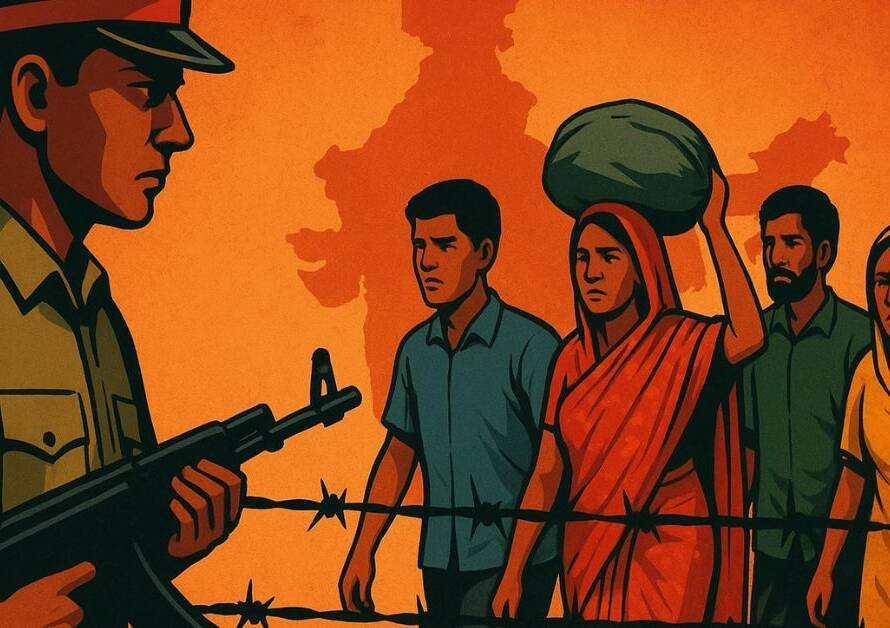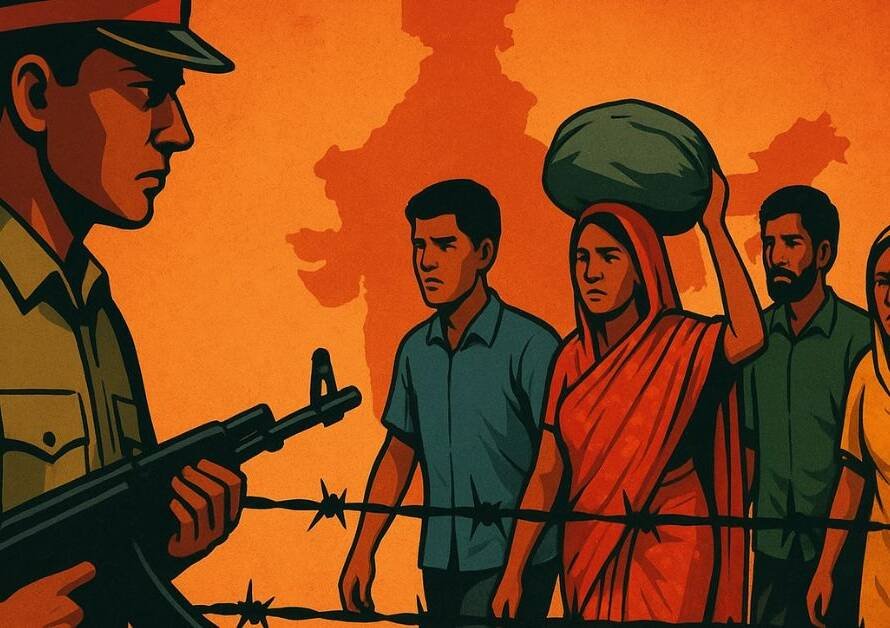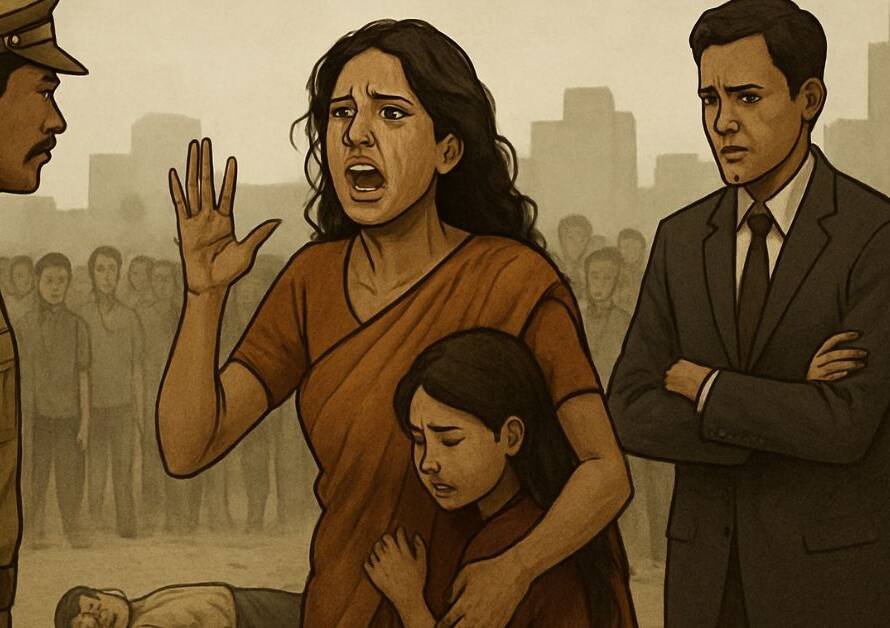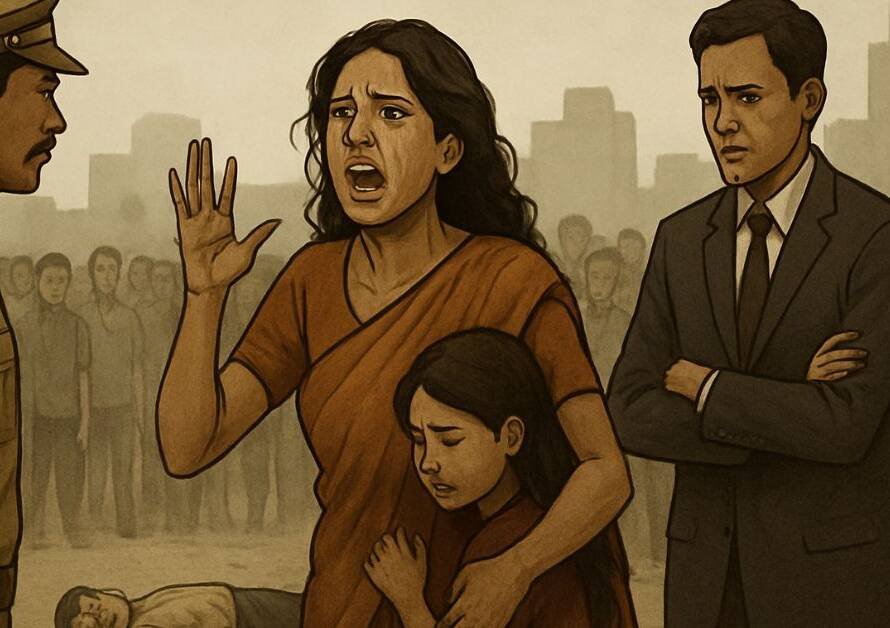Islam is more than just a religion; it is a comprehensive way of life that touches on many aspects—religion, politics, law, economics, and social behavior. When a Muslim community grows in a region, it often leads to noticeable changes, both in their religious practices and in the broader society. Understanding these changes helps us appreciate the complexity of Islam’s impact on the world.
Phases of Influence: Detailed Breakdown
When Muslims are Few (0-2%)
When Muslims make up a small minority in a society, like in countries such as the U.S. (0.6%) or Australia (1.5%), they tend to integrate peacefully into the society. Their main focus is on practicing their religion and establishing community support structures, like mosques and Islamic centers. At this stage, Muslims are seen as a peaceful minority contributing to cultural diversity.
Example: In the U.S., Muslim communities build mosques, engage in charity work, and participate in interfaith dialogue, while largely blending into American culture.
Population Growth (2-5%)
As the Muslim population increases, their religious practices, such as halal food and daily prayers, become more visible. This can lead to the recognition of Islamic holidays and the demand for greater accommodations. In these situations, Muslims actively seek to preserve their religious identity while contributing to their society.
Example: In Germany (3.7%), halal food is widely available, and Islamic holidays are becoming more recognized. The presence of mosques and Islamic schools also grows as the population increases.
Political and Legal Influence (5-10%)
When the Muslim population reaches 5-10%, they begin to ask for more influence in political and legal matters. This may include demands for the recognition of Islamic family laws (Sharia) in certain personal matters. As their numbers grow, there can also be debates around issues such as religious clothing and the integration of Muslim immigrants.
Case Study: In France (8%), there have been debates about the use of the veil, Islamic schooling, and the broader integration of Muslims into French society, especially in the face of occasional social unrest.
Rising Tensions and Legal Demands (10-20%)
As the Muslim population grows closer to 10%, they may start pushing for legal autonomy in their communities, such as the implementation of Sharia laws for personal matters. This can lead to increased social tensions, especially in societies where there are differences in cultural values.
Case Study: In India (13.4%), discussions around personal laws for Muslims are ongoing, especially in relation to cultural and political influence. Certain areas, particularly those with high Muslim populations, have witnessed occasional clashes and protests.
Ethnic and Religious Conflicts (20-40%)
In some regions, as the Muslim population grows, religious and ethnic tensions also increase. This can lead to conflicts between different groups, especially when there are competing cultural and religious interests.
Example: Bosnia (40%) experienced severe ethnic and religious conflict during the Bosnian War, which highlighted the dangers of religious and ethnic divisions within society.
Sharia Implementation and Religious Intolerance (60-80%)
In countries where Muslims make up a majority, the implementation of Sharia law becomes more widespread. This can lead to restrictions on non-Muslim practices and greater societal pressure to conform to Islamic principles.
Example: In Sudan (70%), the imposition of Sharia law led to severe human rights violations, including the persecution of non-Muslims and those who did not follow strict Islamic practices. This contributed to Sudan’s eventual split into Sudan and South Sudan.
Full Dominance and Suppression of Minorities (80-100%)
In countries where Muslims make up more than 80% of the population, there is often strict enforcement of Sharia law. In these societies, religious freedom is severely restricted, and there is little tolerance for religious practices outside of Islam.
Example: In Saudi Arabia (100%), the practice of any religion other than Islam is strictly prohibited. Non-Muslim religious sites are banned, and the legal system is based entirely on Islamic law.
Key Takeaways for Young Readers
Islam’s Influence on Society: As the Muslim population grows in any given area, there can be noticeable shifts in the social and legal fabric of that society. This can include changes in cultural practices, legal systems, and social norms.
The Role of Sharia Law: As the population increases, demands for the inclusion of Sharia law can rise, especially in personal and family matters. This might lead to societal tensions, particularly when there are differing views on the role of religion in governance.
Steps Toward Harmony: What Can We Do?
Promote Interfaith Dialogue: Encouraging open and respectful discussions between Muslims and non-Muslims helps break down misunderstandings and promotes harmony.
Strengthen Legal Integration: It is important for all religious communities to respect national laws while accommodating religious practices that don’t infringe on the rights of others.
Support Moderate Voices: Moderate Muslim leaders who advocate for peaceful coexistence should be empowered to counteract the influence of extremist voices.
Educate the Public: Providing accurate information about Islam’s teachings can help dispel myths and foster greater understanding across communities.
Address Socio-Economic Challenges: Socio-economic inequalities contribute to radical ideologies. By ensuring equal opportunities for all, we can reduce the appeal of extremism among disenfranchised groups.
Conclusion: A Balanced View
Understanding the impact of Islam on society requires an open mind. While there are challenges, there are also opportunities for peaceful coexistence and mutual respect. By fostering dialogue, respecting diversity, and working together to address societal needs, communities can move toward a more harmonious future.







